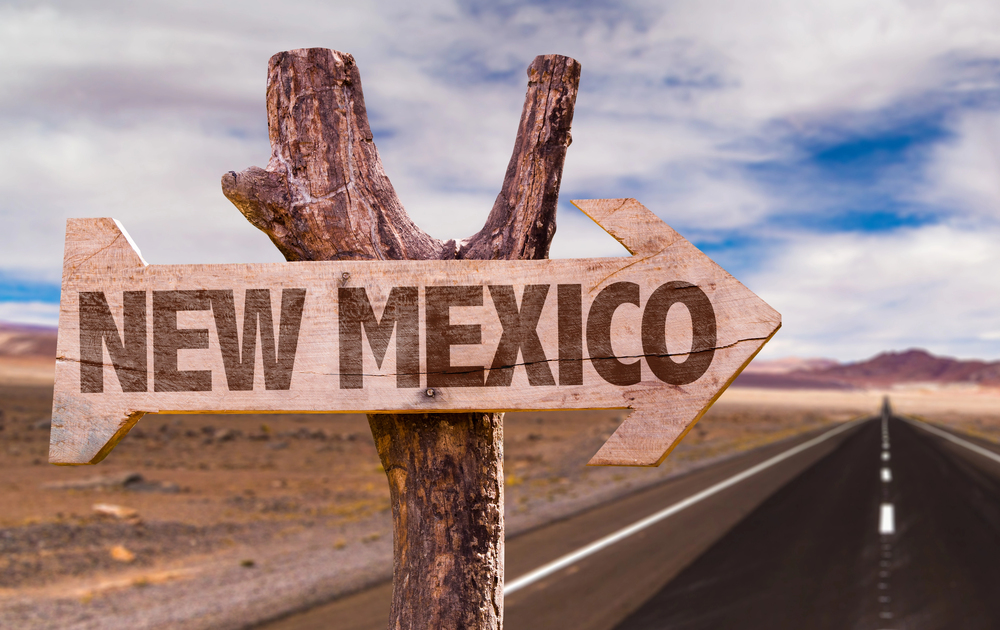This blog explores the unique benefits and challenges of implementing telehealth for Native American communities in New Mexico and its impact on improving healthcare outcomes. New Mexico is home to a diverse population, including a significant number of Native American communities. These communities, rich in cultural heritage, often reside in some of the most remote areas of the state, where access to healthcare can be challenging. Telehealth has emerged as a critical tool in overcoming these barriers, providing Native American populations with accessible, culturally sensitive healthcare services.
The Importance of Culturally Sensitive Healthcare
Native American communities in New Mexico, including the Navajo, Apache, and Pueblo tribes, have unique cultural practices, languages, and healthcare needs that must be respected and integrated into their care. Culturally sensitive healthcare involves recognizing and respecting these cultural differences, ensuring that healthcare services are tailored to meet the specific needs of each community.
For many Native American communities, traditional healing practices and the involvement of family and community leaders are essential components of healthcare. Telehealth provides an opportunity to blend modern medical practices with traditional healing methods, offering a holistic approach to healthcare that honors cultural traditions while addressing medical needs.
The Role of Telehealth in Native American Healthcare
Telehealth for Native American communities across New Mexico has the potential to transform healthcare delivery in by addressing several key challenges:
- Geographic Isolation
- Remote Access to Care: Many Native American reservations are located in remote areas with limited access to healthcare facilities. Telehealth bridges this gap by allowing residents to connect with healthcare providers without the need for extensive travel.
- Specialty Care: Access to specialty care is often limited in remote areas. Telehealth enables Native American patients to consult with specialists who may not be available locally, ensuring they receive comprehensive care for complex health issues.
- Culturally Sensitive Care
- Integration with Traditional Practices: Telehealth can be used to support culturally sensitive care by integrating traditional healing practices into medical consultations. This can include virtual visits with traditional healers or the incorporation of cultural practices into treatment plans.
- Language Support: Telehealth platforms can be equipped with language support features, such as translation services or the availability of Native-speaking healthcare providers, to ensure clear communication and respect for cultural nuances.
- Mental Health Services
- Addressing Historical Trauma: Many Native American communities experience higher rates of mental health issues, including PTSD, depression, and substance abuse, often linked to historical trauma. Telehealth provides a platform for regular counseling and therapy sessions, offering mental health support that is both accessible and culturally appropriate.
- Community and Family Involvement: Telehealth enables the involvement of family members and community leaders in mental health care, ensuring that treatment plans are aligned with cultural values and community practices.
- Chronic Disease Management
- Diabetes and Heart Disease: Chronic conditions such as diabetes and heart disease are prevalent in Native American communities. Telehealth facilitates regular monitoring, dietary counseling, and medication management, helping to manage these conditions more effectively and reduce complications.
- Remote Monitoring: Telehealth can be paired with remote monitoring devices that track vital signs and other health metrics, allowing healthcare providers to monitor patients’ conditions in real-time and intervene if necessary.
Challenges in Implementing Telehealth for Native American Communities
While telehealth offers significant benefits, there are challenges to its implementation in Native American communities that must be addressed:
- Technology and Infrastructure
- Limited Broadband Access: Many Native American reservations lack reliable broadband infrastructure, which is essential for effective telehealth services. Efforts to expand broadband access are crucial to ensuring that all communities can benefit from telehealth.
- Digital Literacy: Some members of Native American communities may not be familiar with using technology, which can be a barrier to accessing telehealth services. Providing education and training on how to use telehealth platforms is essential to overcoming this challenge.
- Trust and Cultural Sensitivity
- Building Trust: Historical experiences of marginalization and mistrust of the healthcare system can impact the willingness of Native American communities to engage with telehealth services. Building trust through culturally sensitive care, community involvement, and the inclusion of traditional practices is essential for the successful adoption of telehealth.
- Respecting Cultural Practices: Healthcare providers must be trained in cultural competency to ensure that telehealth services are delivered in a way that respects and honors Native American traditions and practices.
- Sustainability and Integration
- Long-Term Sustainability: Ensuring the sustainability of telehealth services in Native American communities requires ongoing investment in technology, infrastructure, and training. Partnerships with local governments, healthcare organizations, and tribal leaders are essential for maintaining these services.
- Integration with Existing Healthcare Services: Telehealth should complement, not replace, existing healthcare services in Native American communities. Strong coordination between telehealth providers and local healthcare facilities is necessary to provide comprehensive and continuous care.
Success Stories of Telehealth for Native American Communities
The impact of telehealth for Native American communities in New Mexico can be seen in various success stories:
- Remote Diabetes Management: In the Navajo Nation, telehealth services have been instrumental in managing diabetes, a condition that disproportionately affects Native American populations. Remote monitoring, dietary counseling, and regular virtual consultations with healthcare providers have led to better control of blood sugar levels and a reduction in diabetes-related complications.
- Mental Health Support in the Pueblo Communities: Telehealth has provided essential mental health services to the Pueblo communities, where access to mental health professionals has been limited. Virtual counseling sessions, coupled with the involvement of family and community leaders, have significantly improved mental health outcomes for many individuals.
- Chronic Disease Management in the Apache Tribes: Telehealth has facilitated ongoing monitoring and management of chronic conditions such as heart disease and hypertension in the Apache tribes. The integration of telehealth with traditional healing practices has enhanced the effectiveness of treatment plans and improved overall health outcomes.
The Future of Telehealth for Native American Communities
The future of telehealth for Native American communities in New Mexico is promising, with several initiatives aimed at expanding and improving services:
- Expanding Broadband Access
- Government and Private Sector Collaboration: Continued collaboration between government agencies and private sector companies is essential for expanding broadband infrastructure in Native American communities. This will ensure that all residents can benefit from telehealth services, regardless of their location.
- Mobile Health Units: Mobile health units equipped with telehealth technology can bring healthcare services directly to remote areas, further expanding access to care.
- Enhancing Cultural Competency
- Cultural Competency Training: Ongoing training for healthcare providers in cultural competency is essential to ensure that telehealth services are delivered in a way that respects and honors Native American traditions and practices.
- Community Involvement: Involving tribal leaders and community members in the design and delivery of telehealth services will help ensure that these services are aligned with cultural values and meet the specific needs of each community.
- Integrating Telehealth with Traditional Practices
- Holistic Healthcare Models: The future of healthcare in Native American communities will likely involve a holistic model that integrates telehealth with traditional healing practices. This approach ensures that modern medical care is delivered in a culturally sensitive manner, enhancing its effectiveness and acceptance.
- Virtual Traditional Healers: The inclusion of traditional healers in telehealth platforms can provide a comprehensive healthcare experience that respects cultural practices while addressing medical needs.
Conclusion
Telehealth is playing a transformative role in bridging cultural and geographic barriers to healthcare in Native American communities across New Mexico. By increasing access to care, providing culturally sensitive services, and supporting the integration of traditional practices, telehealth is enhancing the quality of life for Native American populations. As technology continues to evolve and access expands, the impact of telehealth for Native American healthcare in New Mexico will only grow, ensuring that these communities can enjoy better health and well-being while preserving their rich cultural heritage.


